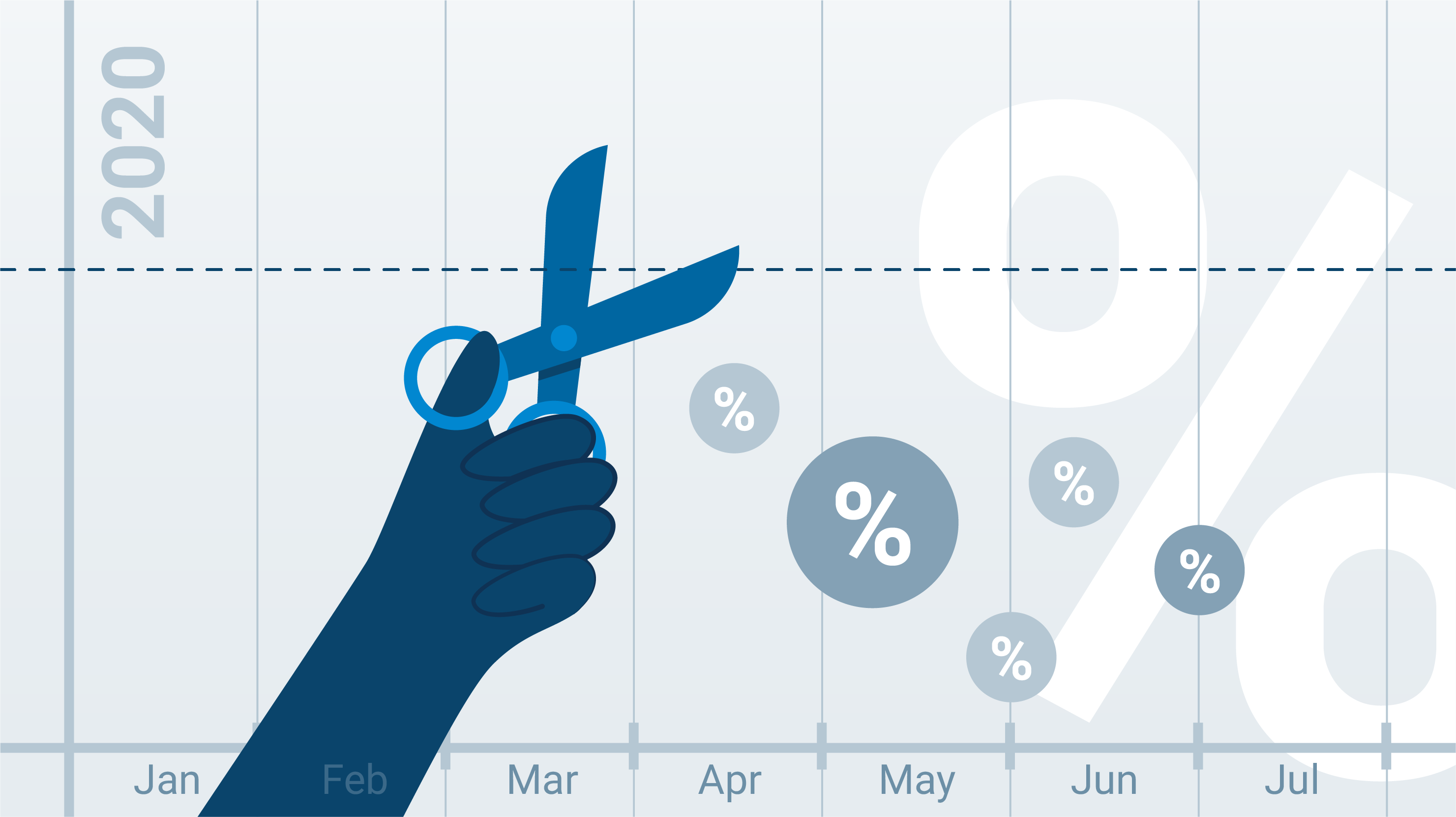This article was written by guest author Penelope Graham, of Zoocasa.
It hasn’t been an easy autumn for mortgage shoppers. A slew of new rules that impact mortgage qualification and affordability have gone into effect – and borrowers are looking to navigate these changes amid an evolving real estate market.
Working with a mortgage broker will be key to guiding these clients to a mortgage and home they can afford – here’s a list of questions brokers will likely hear from borrowers this autumn buying season.
What Are the New Mortgage Rules?
According to the federal Department of Finance, as of October 17, anyone making less than a 20% down payment on their home purchase will be subjected to a mortgage “stress test”. This means their finances and debt servicing abilities must be able to withstand the Bank of Canada’s benchmark rate of 4.64% to qualify for a mortgage, rather than at the deeply discounted rates currently available on the market.
Prior to this change, only borrowers taking out a variable rate or fixed term shorter than five years had to qualify at the benchmark rate. Now, applicants of five-year fixed terms – commonly taken out by high-ratio first timers – will be under additional scrutiny, and they’ll afford less mortgage as a result.
How Will This Affect My Affordability?
In fact, according to these calculations, the new rules could mean the average buyer may afford hundreds of thousands less than under the previous rules. For example, a buyer with an annual income of $100,000 and $40,000 saved would have previously qualified for a $665,345 home purchase at a five-year fixed rate of 2.17%. Now, they’ll qualify for $521,041 – that’s a difference of $144,304. In the Vancouver or Toronto real estate markets, that could be the difference between affording a house over a condo, or the number of bedrooms in a unit.
According to Genworth, Canada’s largest private mortgage insurer, one third of today’s high-ratio buyers won’t qualify under the new rules, meaning they’ll need to save for longer – or adjust their purchasing expectations.
Will The New Rules Affect My Lender?
However, buyers aren’t the only ones impacted by steeper affordability. Smaller mortgage lenders, like non-banks and mono-lines, are feeling the pinch of tougher mortgage insurance requirements. Unlike the big banks, which fund mortgages through diverse and ample sources like savings deposits and investments, smaller lenders usually turn to the National Housing Act mortgage-backed securities market. To do this, they pool mortgages together, obtain insurance for them and sell them as investments. Under the new rules, though, fewer new mortgages will qualify for default insurance. First National, the largest non-bank mortgage lender in Canada, stated up to a quarter of their new mortgages – worth $3 billion – will no longer qualify. As a result, the lender has revised its growth forecast to 3 – 9% for the year from 5 – 10%.
Lenders may make up for this funding cut with higher rates, and, in some cases, the refusal to offer mortgages for rental properties and self-employed borrowers. And, while those already in mortgages won’t have to requalify under the new rules, they may face higher rates from these lenders at renewal time as a result.
Will Interest Rates Change Soon?
While some borrowers could see higher fixed rates passed down from their lenders, the economic factors that keep rates low – such as bond yields and the Bank of Canada’s overnight lending rate – currently indicate the cost of borrowing will stay that way for the long term.
Borrowers have enjoyed record low interest rates for years – many first-time buyers have never experienced rates over 5% – and that’s not going to change any time soon. Five-year yields, which establish discounts for fixed rates, remain firmly under the 1% threshold.
The Bank of Canada, meanwhile, won’t be inspired to hike its rate from the current 0.5% due to lackluster economic growth and alarming household debt levels.
The Bottom Line for Borrowers
It’s important prospective borrowers understand how much less of a mortgage they may now qualify for, and whether now is truly a good time to get into the market. Buyers should connect with their brokers on their options, and to determine if they should go back to the savings drawing board.




